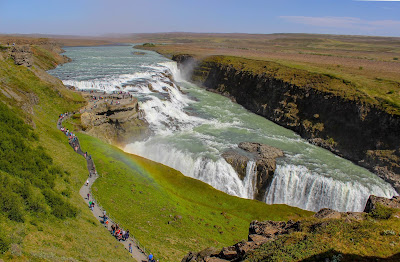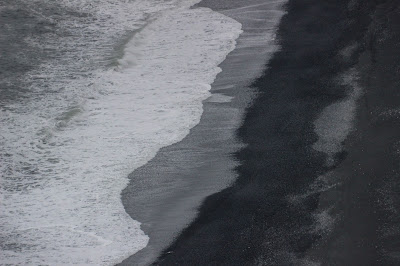We loved the food in Poland and one of my favorite restaurants was actually a chain, known as Restauracja (or Restaurant) Zapiecek. We had it recommended to us by a Polish friend of ours, who knew our son in Warsaw, and who now lives in the U.S. When we mentioned it to our guide in Warsaw, he said it served his favorite pierogi. Our guide took us there for lunch and we liked it so much that we went again another time on our own for dinner. It is a chain of three restaurants in Warsaw and we visited two of them.
Judy ordered pierogis (Polish dumplings) filled with forest blueberries. She got a topping of sour cream which was dabbed on top of each one. The filling was generous and the blueberries were whole.
She also got a dried fruit compot (cold) which included apples, pears, dried plums and raisins, steeped in water to get the juice out, then cooked with cloves, cinnamon and lemon peel. It was tasty.
I ordered fried pierogis, which I liked better than boiled. They had a brown crispy texture on part of the outside which combined nicely with the softness they still retained. I had a bunch of options to choose from and I got the minimum of nine pieces. I believe I got two with spinach and feta, two with forest mushrooms (boletes with steamed onion), two with Camembert and Dor Blue cheese, and I believe the menu has changed since we were there so I can't identify the other three. I think two were another cheese of some sort. They were packed with filling, partially crispy from the frying and nice and warm. Best pierogis I've ever had (and I've actually had quite a few of them).
I also ordered a pork white sausage spiced with garlic and marjoram and served on a bed of fried onions. It was wonderful as well.
When we went back for dinner, Judy ordered fried potato pancakes smothered in pan fried mushrooms with garlic and onions in a heavy cream. It was divine.
I got baked pork ribs served on roasted sauerkraut which was very good.
These meals epitomized what we loved about Polish cooking - hearty, heavy and full of lots of basic quality ingredients.
























































